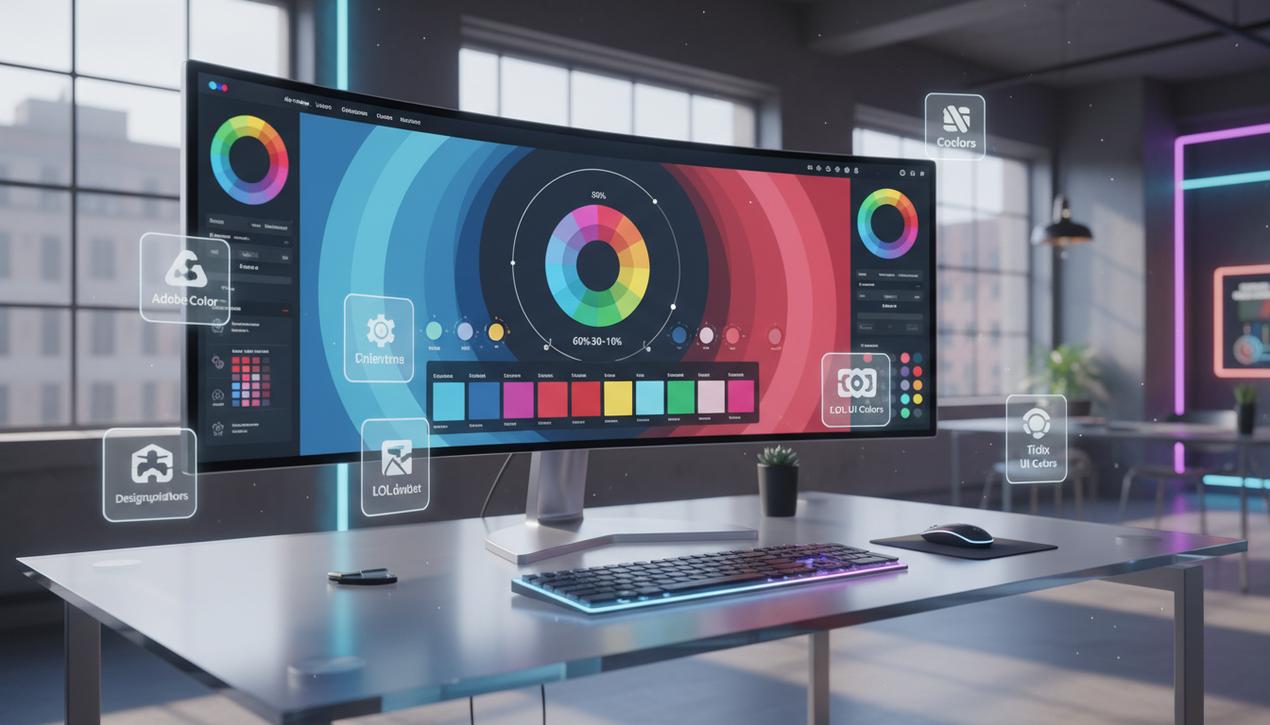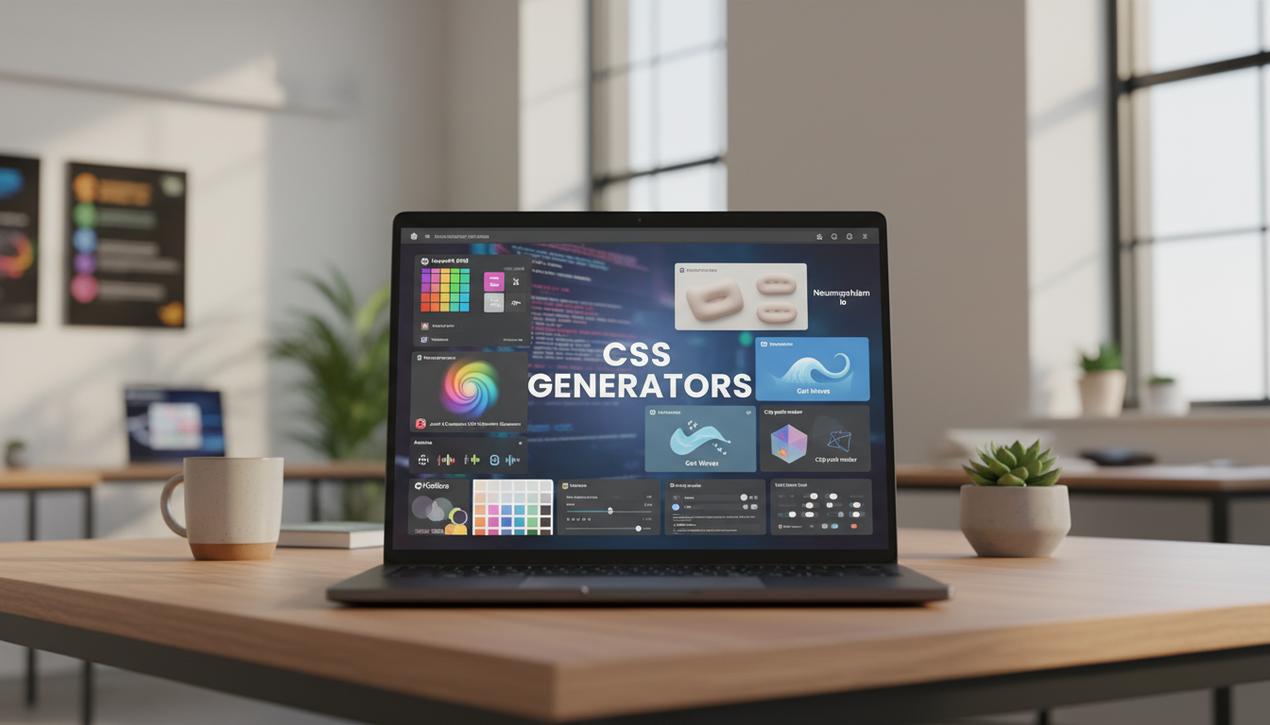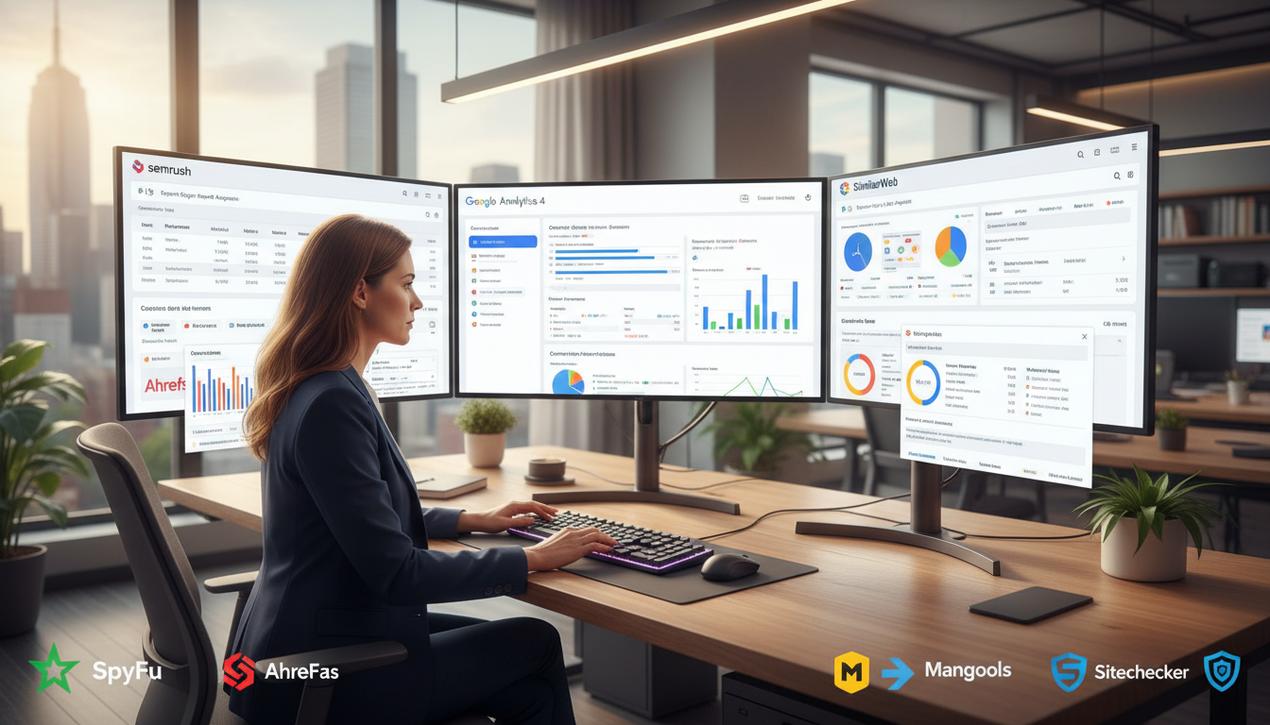Top 12 Color Palette Generators for 2025


A color palette is the cornerstone of any successful visual identity. Far more than a simple aesthetic choice, it is a powerful communication tool that directly influences user perception, emotion, and behavior. Market research confirms that color can increase brand recognition by up to 80%, and over 90% of purchasing decisions are based on visual appearance. In 2025, where user experience (UX) is paramount, a harmonious and strategic color palette is essential for capturing attention and optimizing conversion rates. Statistics show AI-powered generators, much like the best business name generators, can now suggest successful color combinations with up to 90% accuracy. Yet, creating the perfect palette from scratch is a significant challenge. Fortunately, a wide array of tools, from classic generators to AI-driven platforms, is available to guide you. This comprehensive guide presents the 12 best tools for designing professional and impactful color palettes.
The Strategic Importance of Color in Web Design
Before diving into the tools, it’s crucial to understand the fundamental principles that make a color palette effective. A good palette isn’t just visually pleasing; it tells a story, reinforces your message, and intuitively guides the user through your interface.
Color Psychology and 2025 Trends
Every color carries a set of emotions and cultural meanings. Blue inspires trust and security, making it a favorite for banks and tech companies. Green evokes nature, growth, and tranquility, ideal for wellness or eco-friendly brands. In 2025, several major color trends are emerging, with 36% of consumers predicting that AI-generated futuristic tones and earthy, organic palettes will dominate. Key trends include:
- Biophilic & Earthy Tones: Warm, comforting colors are stepping into the forefront. Think honeyed neutrals, serene sage greens, and soft blues that create a sense of calm and connection to nature.
- Dopamine-Boosting Colors: Vibrant, saturated hues like cherry red, fuchsia, and turquoise are used as accents to create energetic and optimistic focal points that grab user attention.
- High-Contrast & Monochromatic Schemes: For a clean and professional look, monochromatic palettes are trending. At the other end of the spectrum, bold, high-contrast combinations like dark blue paired with neon orange are being used for maximum impact and readability.
The 60-30-10 Rule for Perfect Balance
This simple rule, borrowed from interior design, is an excellent guide for structuring your color palette on a website. It ensures visual balance and a clear hierarchy: 60% for your dominant color (often used for backgrounds), 30% for a secondary color (for important content elements like cards or banners), and 10% for a vivid accent color, reserved for calls-to-action (CTAs) and icons.
Classic and Essential Palette Generators
These tools are staples in the design world. They are robust, reliable, and perfect for quickly exploring color harmonies based on established color theory.
1. Adobe Color
Adobe Color is the go-to tool for countless professionals. Its famous interactive color wheel allows you to create palettes based on precise harmony rules: analogous, monochromatic, complementary, triadic, and more. Its greatest strength is its seamless integration with the Adobe ecosystem, enabling you to sync palettes directly into Photoshop, Illustrator, or XD. The “Trends” tab is also a goldmine for analyzing colors used across different creative industries.
2. Coolors
Coolors is the ideal tool for speed and serendipity. The concept is simple: press the spacebar to generate a new five-color palette. If you find a color you like, you can lock it and continue generating hues that harmonize with it. Coolors also offers advanced features like extracting a palette from an image, an accessibility contrast checker, and a vast library of user-created palettes.
3. Paletton
Paletton is a more technical tool, perfect for designers who want granular control over their palettes. After choosing a base color, it generates color schemes (monochromatic, triad, tetrad) and displays not only the main hues but also lighter and darker variations. This is extremely useful for designing comprehensive design systems with button states (hover, click) and shadows.
Innovative AI-Powered Color Tools
The new generation of tools uses artificial intelligence to offer more contextual and personalized palettes, leveraging machine learning to predict what works best.
4. Huemint
Huemint is an AI color generator that goes beyond simple harmony. It uses machine learning to generate palettes that function within a specific context, such as for a brand, website, or illustration. You can see a live preview of the palette on interface mockups, helping you make more informed decisions. It’s a powerful tool for ensuring your chosen colors are not only beautiful but also functional.
5. Colormind
Colormind also uses AI to generate color schemes. It can learn color styles from photographs, art, and popular films. You can provide a starting color and let the AI complete the palette, or upload an image for it to extract the dominant colors. Its algorithm is designed to create color schemes that are naturally pleasing to the human eye.
6. Khroma
Khroma is a personalized AI color generator. You start by choosing 50 colors you like. The algorithm then learns your preferences and generates endless combinations as typography, gradients, and palettes, showing you contextual previews to evaluate their practical application.
Platforms for Inspiration and Discovery
Sometimes, the best palette comes from real-world inspiration. These platforms are focused on curating and searching for color combinations used in existing designs.
7. Color Hunt
Rather than a generation tool, Color Hunt is a curated collection of thousands of four-color palettes created and submitted by designers worldwide. It’s an endless resource for inspiration. You can filter palettes by popularity or trend or search by color. It’s the perfect site for discovering unexpected combinations and seeing what’s currently fashionable.
8. Designspiration
This platform is a visual search engine for creatives. Its most useful feature is the color search: you can select up to five colors, and Designspiration will show you an infinite feed of examples (logos, websites, photos, illustrations) that use that specific palette. It’s a fantastic way to validate your choices and see how they apply in real-world projects.
9. TinEye Color Extraction
If you’re inspired by a photograph, TinEye Color Extraction is the tool you need. Upload any image, and it will analyze its chromatic composition to extract a complete palette of all the colors present. It’s an effective method for capturing the mood of an image and translating it into a usable color scheme.
Specialized Tools for UI, Code, and Accessibility
These tools are designed specifically for web designers and developers who master the top programming languages, with a focus on integration, accessibility, and creating coherent design systems.
10. Radix UI Colors
Radix Colors is an exceptional tool for designing color systems for applications and websites. Instead of providing a simple palette, it generates a full scale of 12 shades for each color. This ensures you always have the right variation for text, backgrounds, borders, and different interaction states, while automatically ensuring accessible contrast ratios.
11. Flat UI Colors
Specializing in colors for “flat design,” this site offers a collection of ready-to-use palettes that are bright, modern, and perfectly suited for minimalist interfaces. The user experience is simple: choose a palette, click on a color, and its code is instantly copied in your preferred format (HEX, RGB, or RGBA).
12. Colordot
Colordot offers an intuitive, gesture-based approach. The entire screen becomes your color picker. Move the mouse to change the hue, scroll for brightness, and click to save a color. It’s a highly creative and sensory way to explore colors and build a palette based on feel.
Creating a color palette is a process that blends art and science. The tools presented here are invaluable allies for simplifying and enriching this journey. Whether you’re seeking inspiration on Color Hunt, technical precision with Paletton, or contextual intelligence from Huemint, the key is to experiment. A successful palette is not just a collection of beautiful colors; it is a coherent system that strengthens your brand, improves readability, and guides your users to action.




